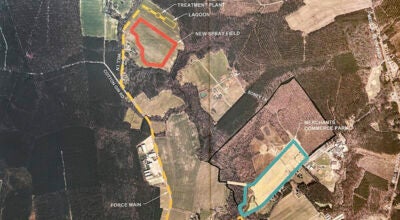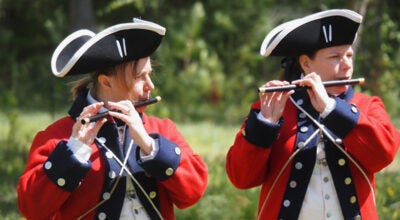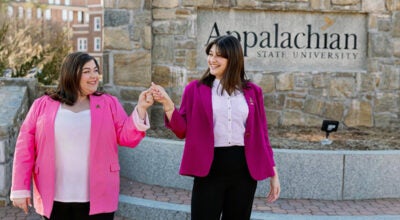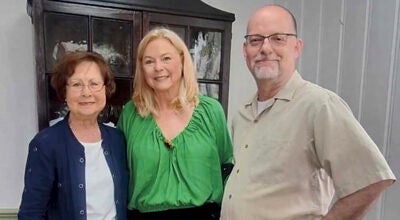Bigger, better & costly
Published 8:32 am Thursday, September 17, 2015
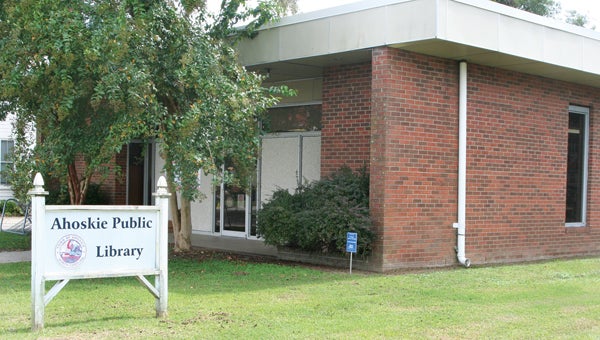
The Ahoskie Town Council has approved moving forward with their request for a USDA-funded $2.2 million grant for a new 10,000 square foot library building to replace the existing facility on Church Street, shown here. Staff Photo by Gene Motley
AHOSKIE – A new library is in Ahoskie’s future, but it’s going to take time and money.
At least part of that formula may be solved.
At its Monday evening meeting, the Ahoskie Town Council voted and unanimously approved moving forward on a government funding to help finance the project.
Town Manager Tony Hammond presented Council with a cost analysis from the Rocky Mount-based architectural firm of Oakley-Collier, approved back in the summer to oversee the project, and submit a Request for Qualification (RFQ).
The U.S Dept. of Agriculture (USDA) offers grants and direct loans for community facility projects, for which the proposed new library qualifies. However, USDA needed to get Ahoskie’s funding proposal to the Local Government Commission (LGC) before the end of September in order for the town to qualify, and the town had not locked onto whether they wanted to get a loan for a 7,500 square-foot building, or a 10,000 square foot facility.
Based on current market value, the 7,500 square foot building will cost $1.683 million, while a 10,000 square foot facility’s cost is anticipated to be $2.242 million.
Hammond said based on that and what the town’s current tax rate is, the repayment of a 40-year note would be nearly $80,5000 annually, requiring a 3-cent tax increase; and a 4-cent tax increase for the larger building and a yearly payment of $107,000.
“I got an email from USDA today that said they had to make a decision because of the time frame to get this project to the LGC,” said Hammond on Monday. “They went on and approved the project at the 10,000 square foot building, but that does not bind you into anything.”
Councilman Charles Freeman asked for opinion from Library Committee members present.
“Obviously we’d love the 10,000, but we are happy to accept the 7,500 with the idea of expanding as time goes on,” said committee member Harriet Byrum, who admitted the committee had originally wanted a 13,000 square foot library.
Southern Bank has agreed in principal to deed the location on Main Street at the empty lot adjacent to the current bank and near First Presbyterian Church.
“I don’t think they will do a deed until there’s money,” Byrum stated. “They don’t want to hand it over until this is an absolute ‘signed on the dotted line’ deal, and I can’t blame them.”
Hammond cautioned that the LGC probably won’t approve the project until the property has been donated. Byrum said she or the Town Manager would contact Southern Bank and report on the progress of the financing.
Byrum also pointed out that original cost estimates for the project had increased over time and she remarked on the size of a similar regional library.
“At one point we thought we could do this for $1.2 million and now it’s a million-six for half of what we wanted,” Byrum said. “The Gates County Library is about 7,500 square feet and it’s not big enough; it’s already out of date at two years old.”
There was discussion by some others present over whether there could be some cost-saving if some of the construction were performed by local builders and contractors.
“This is an estimate based on what’s out there right now,” said Hammond. “No one’s contracted with anybody. It’s based on current market value of other libraries that have been constructed. I don’t know if USDA would approve something like that.”
Councilman C. David Stackhouse asked if a study of local options was possible and then spoke up for the library project.
“Councilwoman (Elaine) Myers and I are part of this library team and we need this library in our community,” Stackhouse said. “It sounds good to find different ways to get this library in our community.”
After more discussion, Stackhouse made a motion to table a vote for approval that night, but Mayor Brien Lassiter reminded the Council of the September deadline and what the town might be risking.
“The money is there now,” Lassiter said. “October 1 the money may not be there.”
Hammond again made everyone aware the town could always change its mind until the loan is signed with USDA.
Freeman said he also supported more research on the cost and Myers asked if there were funding sources for supplemental necessities such as furnishings and technology. Hammond said that such funding does exist.
Councilman Maurice Vann inquired about the basis for the tax increase, and Hammond said it would be roughly about three cents per hundred, or four cents, depending.
After reviewing the options and economics, Freeman made a motion, seconded by Vann, to approve the funding for the 10,000 square foot facility.
Before that vote was taken, Stackhouse rescinded his motion to table voting on the project at the current Council meeting; Council then proceeded, and the motion passed unanimously.


